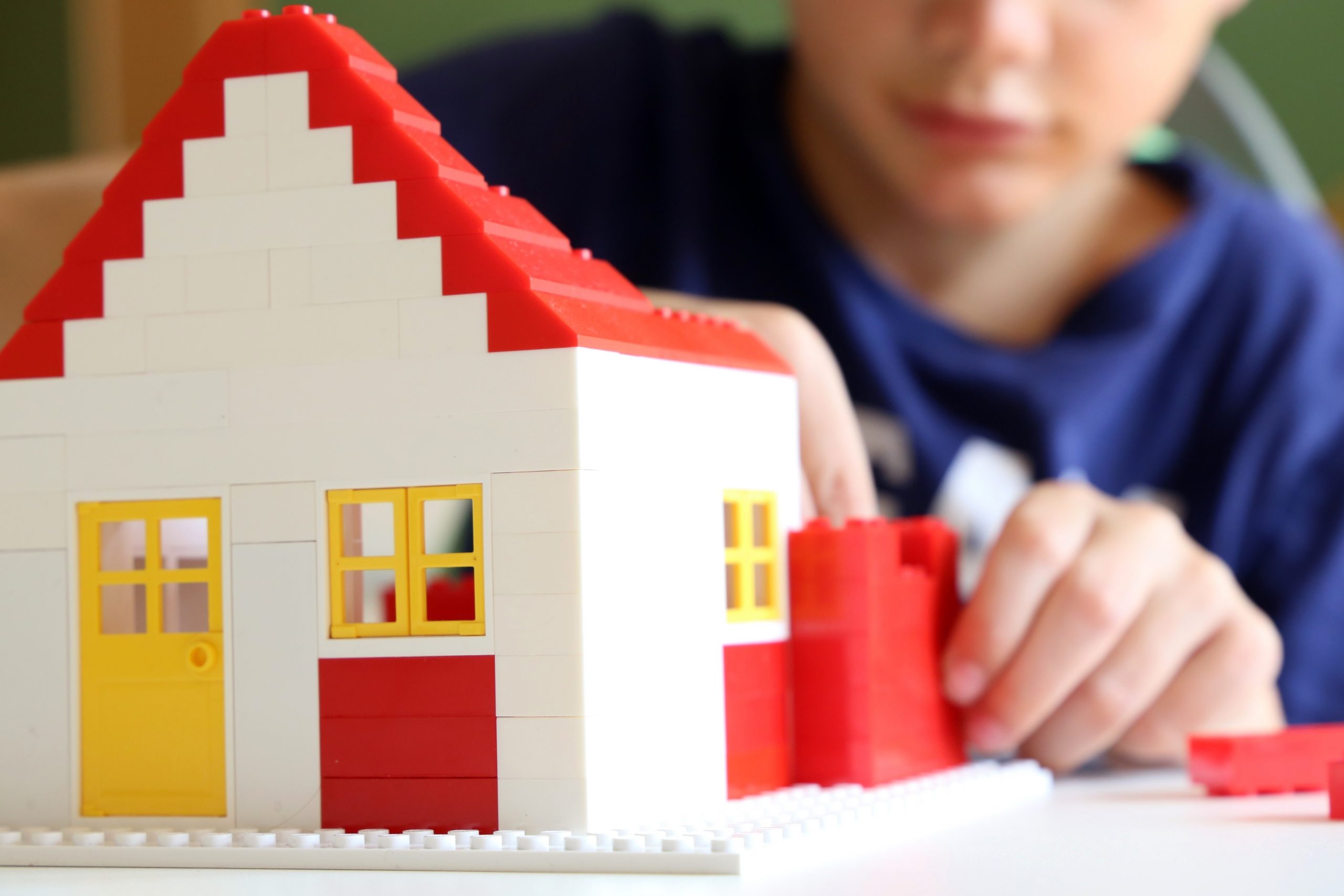Of course, LEGOs are often used in STEM classrooms to build robots, but what about creating independent structures? Recreating well-known monuments or tasking students with imagining their own are great ways to integrate artistic expression with scientific principles including architectural design, math and engineering. And, despite the structured nature of LEGO, there’s ample space for students to be creative and let their imaginations thrive.
Architectural Design
As an educator, it’s amazing to see what students can build with just LEGOs. Start by showing your students examples architectural wonders like the Eiffel Tower and the Taj Mahal. Then, ask them to break down these monuments into LEGO-compatible components. This process not only fosters an appreciation for design aesthetics, but students also learn to visualize complex structures in 3D, refine their spatial reasoning skills, and manipulate shape and color to achieve their desired look. In my classroom, LEGOs have become a dynamic way for students to not only understand architectural design but actively contribute to its growth and development.
Math Skills
In the realm of math, challenge students to scale down monumental structures to fit within the constraints of LEGO bricks. This will encourage your students to explore mathematical concepts such as scale, proportion, and precision and ensure accurate representations of real-world landmarks. Through this process, they not only grasp theoretical math concepts but also apply them practically while nurturing critical thinking, creativity, and collaboration.
Engineering
LEGO also provides a hands-on way for students to explore fundamental engineering principles. They must consider stability, balance, and structural integrity while strategically selecting LEGO bricks and their placement to overcome engineering challenges. This process cultivates problem-solving skills, encourages critical thinking, and instills a design mindset; mirroring the interdisciplinary nature of real-world engineering projects. Collaborative LEGO projects also simulate teamwork and project management skills, shaping students into well-rounded contributors.
LEGO building transcends the realm of play; it is an educational adventure where architecture, math, and engineering converge. It’s a world where my students not only learn but actively participate in the growth of STEM knowledge. The connection between creativity and precision in the LEGO universe can foster a passion for learning and pave the way for a future generation of architects, mathematicians, and engineers!
Use these worksheets to guide your first lesson on LEGOs!











Leave A Comment